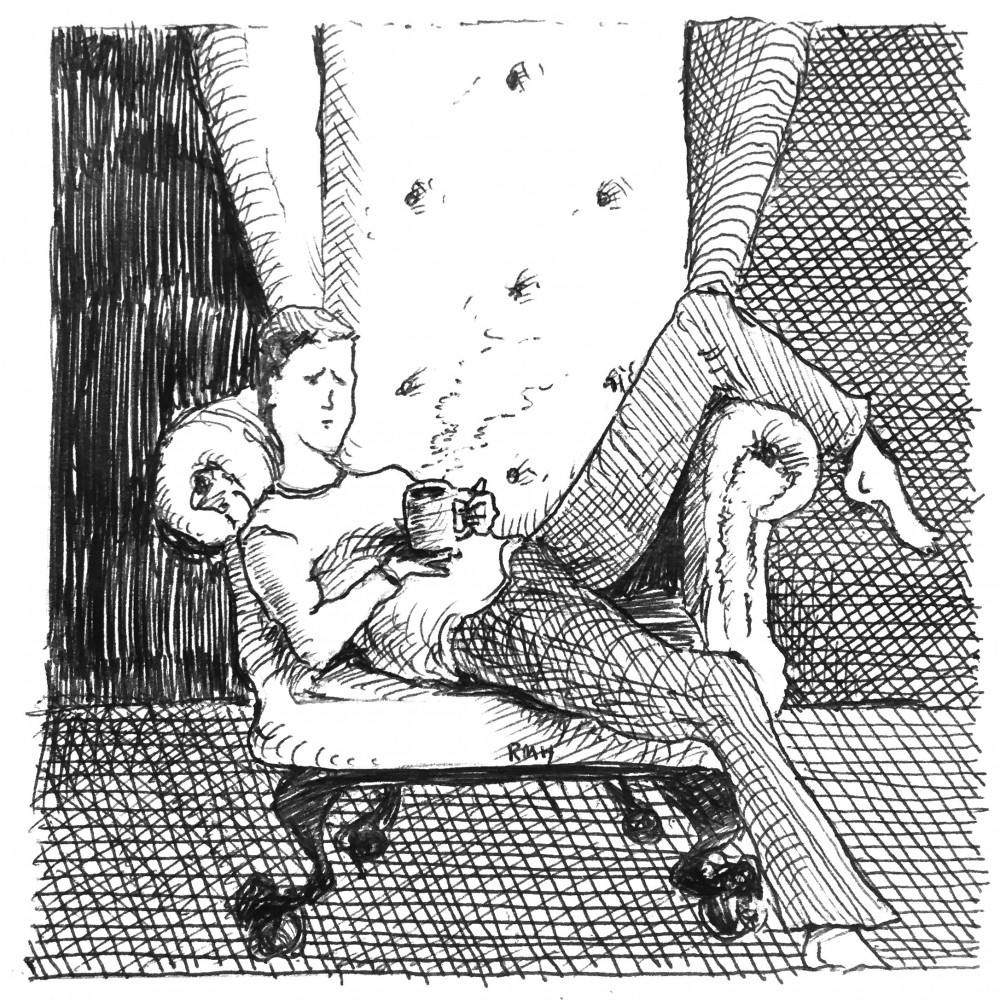As temperatures drop, workloads increase, and the days get shorter, many students experience seasonal affective disorder. Seasonal affective disorder is a subset of depression that occurs when the seasons change, wrote Jackie Twitchell, interim co-director of Counseling and Psychological Services, in an email to The Herald. While weather changes commonly affect the general population, SAD exceeds normal levels of seasonal blues.
“Students who experience SAD develop symptoms of depression which may include sadness, loss of motivation, fatigue, cognitive slowing, loss of interest in normal activities and malaise,” she wrote. “SAD may also include sleep difficulties, anxiety and overeating.”
Loss of motivation is by far the most common symptom reported by students. Mar Weiss ’20 said she identifies with these symptoms, noting that her motivation to do work decreases as the fall semester progresses. “Because of the weather, you’re forced to stay inside and stay more isolated than usual. And I’m very extroverted, so it’s difficult for me,” she said.
Students cited the decrease in drive connected with SAD as a factor that undermines their academic productivity. Twitchell agreed that like all forms of depression, SAD “tends to reduce motivation, energy and concentration — all of which affect a student’s ability to effectively complete work,” she wrote.
Causes of SAD are inconclusive, but people who grow up in warmer climates are more likely to experience it, Twitchell said.
Raven Carson’s ’17 transition from her year-long sunny days in California to cold, overcast days in Providence drastically impacted her first year. “It was my first year here, and I (had) never experienced snow or short days like this,” she said.
Students who have lived on the East Coast for a while are often accustomed to the seasonal change and are therefore less likely to experience SAD. Even for those who are originally from tropical climates, SAD symptoms can decrease after the first year.
“I haven’t had any issues since that first winter,” Carson said, adding that she did not seek professional help but, instead, rested often and stayed isolated until the spring.
Twitchell detailed the various methods and tools available to help students cope with SAD.
“Light therapy (phototherapy) along with psychotherapy and, in some cases, antidepressant medication can help students recover from SAD,” she wrote.
Twitchell also offered general tips for dealing with depression as useful guidelines to cope with SAD, such as “eating well, sleeping normal hours, exercising regularly, maintaining social contact (and) remaining active,” she wrote.
Though the exact number of students who experience SAD is unknown, CAPS has increased its available resources to accommodate the increasing demand for support. Since students were waitlisted to receive light boxes to help with SAD in previous years, CAPS increased its supply this year.
Despite the increase in resources, most students turn to self-help and do not seek professional assistance.
Weiss deals with SAD by relying on friends who experience similar symptoms. “We group ourselves up with a fire and hot chocolate,” she said.





